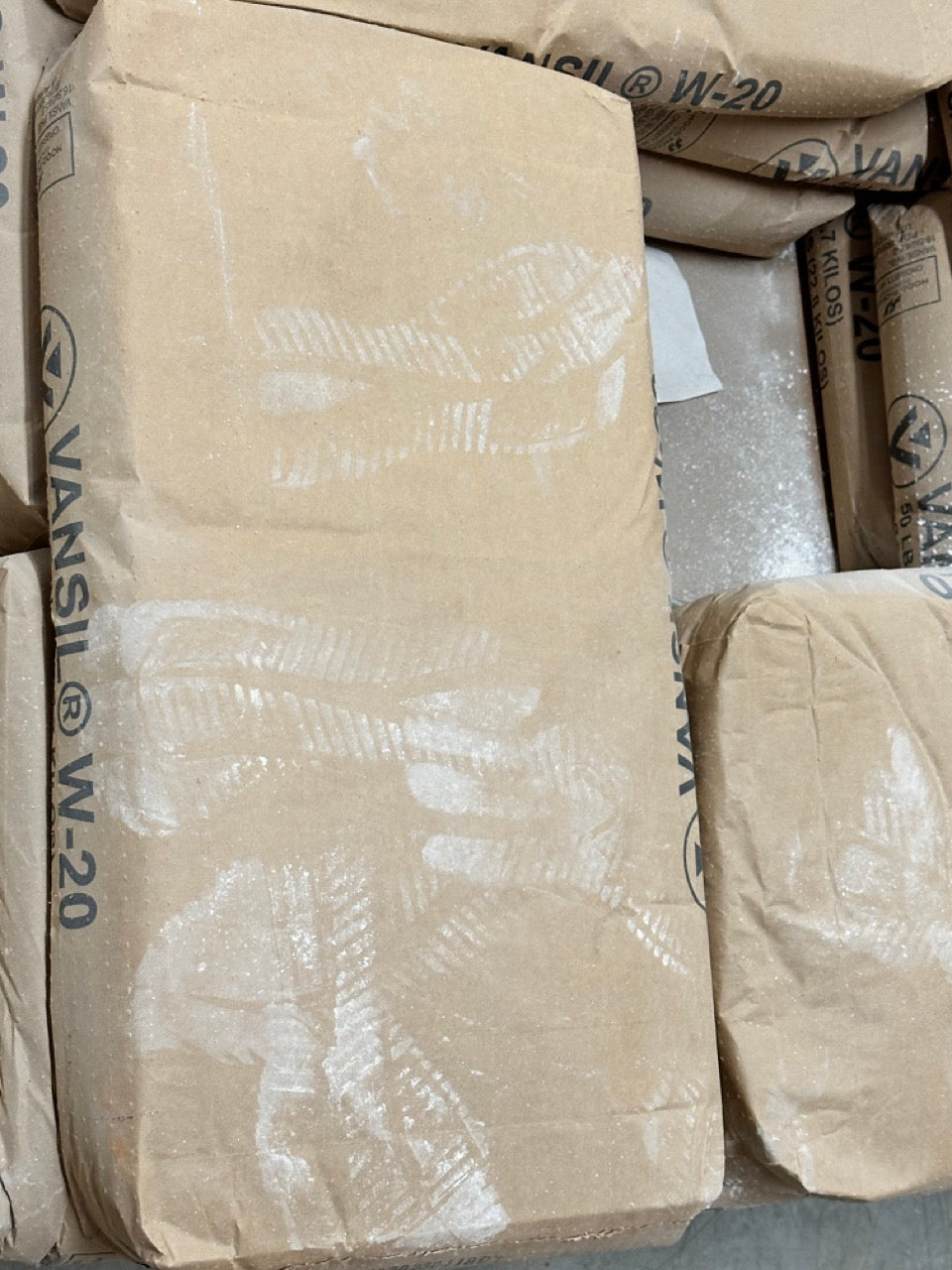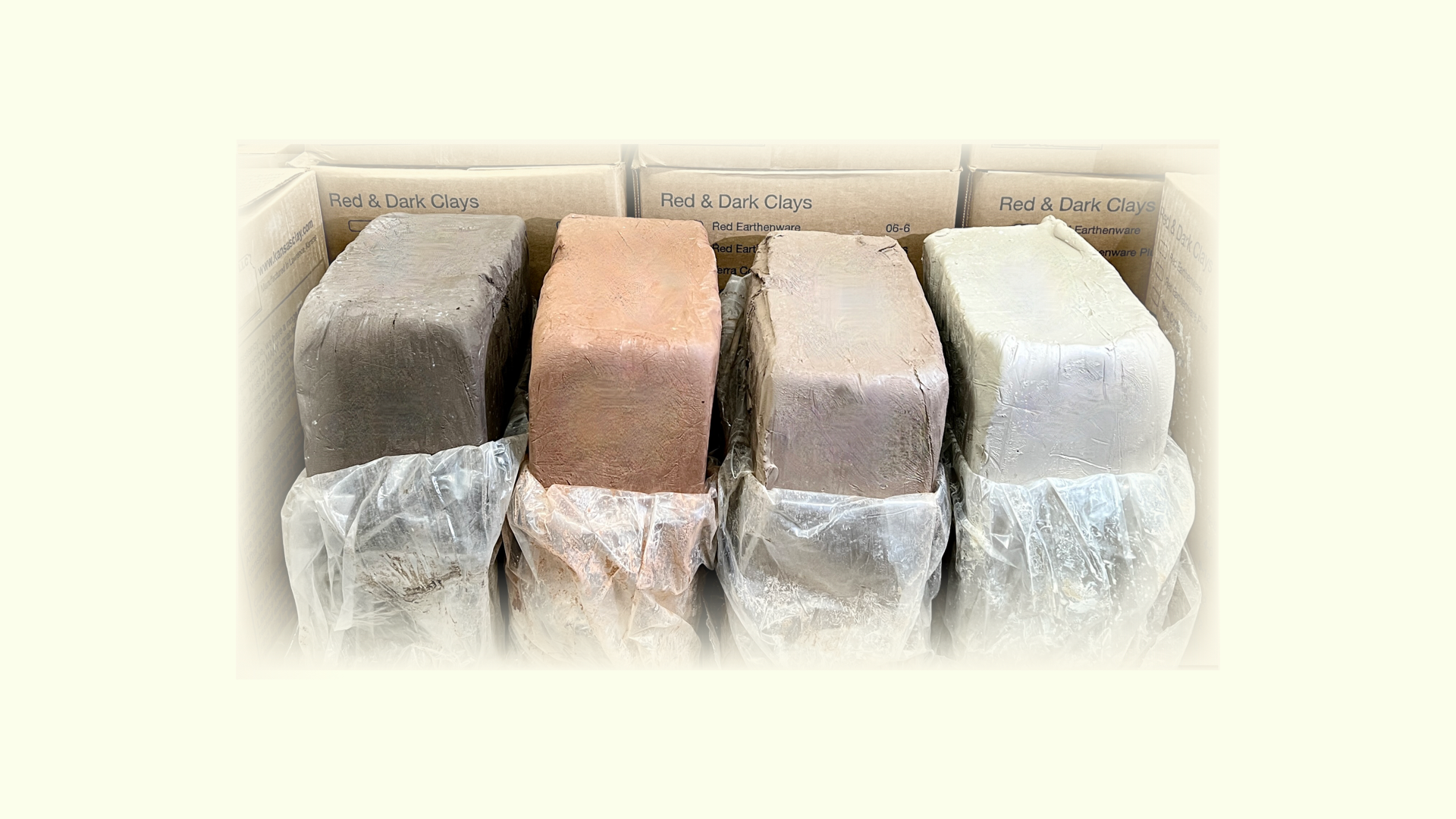Black Copper Oxide (Cupric Oxide)
Regular price
From $9.50
Sale price
From $9.50
Regular price
Choose your option
Choose your option
Ultrox (Zircopax replacement)
Regular price
From $6.00
Sale price
From $6.00
Regular price
Choose your option
Choose your option
Choose your option
Choose your option
Choose your option
Choose your option
Choose your option
Red Iron Oxide (Ferric Oxide)
Regular price
From $4.00
Sale price
From $4.00
Regular price
Choose your option
Choose your option
Choose your option
Choose your option
Manganese Dioxide (powder)
Regular price
From $4.00
Sale price
From $4.00
Regular price
Choose your option
Granular Manganese (60-80 mesh)
Regular price
From $4.00
Sale price
From $4.00
Regular price
Choose your option
Chrome (Chromium Oxide)
Regular price
From $11.00
Sale price
From $11.00
Regular price
Choose your option
Choose your option
Choose your option
Choose your option
Choose your option
Plaster - USG #1 Pottery FULL BAG.
Regular price
$24.00
Sale price
$24.00
Regular price

























































































































